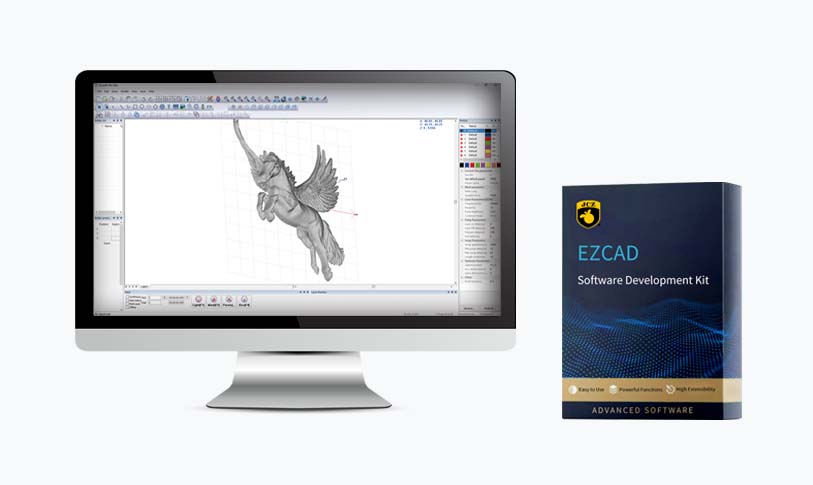[cutting laser co2]Introduction to CO2 Cutting Lasers: Applications and Advantages
News 2025-6-24
Laser technology has revolutionized various industries with its precision and efficiency. Among different types of lasers, the CO2 laser cutting machines stand out due to their versatility and high-quality results. This article will explore the concept of CO2 cutting lasers, their working principle, applications, and advantages.
What is CO2 Cutting Laser?

Introduction to CO2 Cutting Lasers: Applications and Advantages
Working Principle of CO2 Cutting Lasers
CO2 lasers operate based on the principle of stimulated emission. The laser system uses a mixture of gases, primarily CO2, to generate an intense beam of light. This beam is then focused on the workpiece, delivering precise cuts with minimal thermal distortion. The cutting process can be further enhanced by using an assist gas, such as air or nitrogen, to blow away the molten material and ensure a clean cut edge.

Introduction to CO2 Cutting Lasers: Applications and Advantages
CO2 cutting lasers are widely used in various industries due to their versatility and ability to cut different materials. Some of the common applications include:
1. Metal Fabrication: CO2 lasers are used to cut steel, stainless steel, aluminum, and other metals. They offer high cutting speeds and precise results, making them ideal for industrial manufacturing.
2. Woodworking: Wood is one of the most commonly cut materials using CO2 lasers. It is used in various applications, such as cabinet making, furniture production, and panel processing.

Introduction to CO2 Cutting Lasers: Applications and Advantages
Advantages of CO2 Cutting Lasers
1. Precision: CO2 lasers offer high-precision cutting with minimal thermal distortion. They can cut intricate details and complex shapes with high accuracy.
2. Speed: CO2 lasers provide high cutting speeds, making them suitable for mass production.
3. Versatility: They can cut various materials ranging from metals to plastics and wood.
4. Non-contact Process: CO2 laser cutting is a non-contact process, which means it doesn't involve any mechanical force during the cutting process. This results in reduced wear and tear on the tools and extended machine lifespan.
5. Clean Cut Edges: The use of assist gases ensures clean cut edges without any burrs or rough surfaces.
6. Cost-effective: Although the initial investment for a CO2 laser cutting machine may be high, it offers long-term cost savings due to its efficiency and precision.
In conclusion, CO2 cutting lasers have revolutionized various industries with their precision, speed, and versatility. With continued advancements in laser technology, we can expect even more innovative applications and improvements in the future.